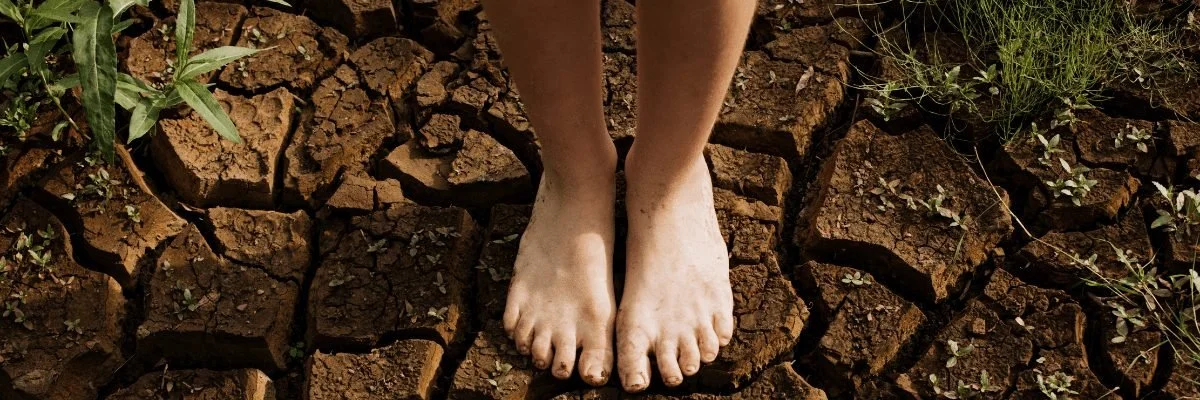Perilous Bounty: Food System Resilience and Bringing Back Our Power
Discover > Product Recs > Perilous Bounty: Food System Resilience and Bringing Back Our Power
Perilous Bounty: The Looming Collapse of American Farming and How We Can Prevent It
The newly released book has gotten a lot of recognition since being published in August 2020. Perilous Bounty is written by Tom Philpott - author, podcaster and Mother Jones reporter. It draws attention to the promise and the peril of farm policy and practices that are often not good for farms or consumers. It shows how misdirected political power has led us to feeling unsafe while traveling through farm country or inhumane knowing about what industrial practices are used.
Book Talk: Who's at the Table?
The Farm to Table podcast was one of the first I found to mention this book and dive deeper into some of it's topics. The podcast mentions how Rep. David Scott became the first black Chairman of the House Agriculture Committee who (as Tom Philpott has reported) recognizes the urgency of addressing climate change:
“With each wildfire, hurricane, or flood more devastating than the last, it is incumbent upon us to ensure food security for future generations…The threat of climate change is a present and growing danger, and we must promote sustainable agriculture solutions that are economically viable, ecologically just, and support the social fabric of our rural communities.” - David Scott
As part of the Oxford Real Farming Conference, Tom Philpott led a talk and discussion on Sunday, January 10th 2021.
Perilous Bounty: How the US Model of Industrial Farming Threatens the Global Food Commons
In his talk, Tom Philpott discusses his new book The Looming Collapse of American Farming and How We Can Prevent It, which argues that the US model of chemical-intensive, regionally concentrated agriculture is undermining our ecological systems. He talks about the two main parts of U.S. soil that influence the majority of our agricultural system - the California Central Valley and the corn belt, centered around Iowa. He says that valley is only one percent of US farmland but supplies just over half our fruits, vegetables and nuts (how long do nuts last?).
As for the Midwest, this region now produces primarily corn, soybeans (how long do soybeans last?) and hogs, with the hogs on big farms in one place and the rest of the farms alternating between corn and soybeans. Most of the corn and soybean crops go into animal feed (which is why he says this region is central to meat production). In the case of corn, much goes into ethanol for fuel, despite the fact that it turns out that it take just about a gallon of gasoline to produce a gallon of the ethanol that was supposed to replace it. Both corn and soybeans also are primary ingredients in much processed food. Both, in the US, are mostly GMO.
He also puts the argument in a global context, explaining that the same set of transnational meat, grain-trading, and seed/pesticide companies that dominate US farming also are also prevalent in other global commodity-production nodes: Argentina, Brazil, Ukraine - placing farmers in a cutthroat competition that can only be won by the companies themselves. At the expense of these crucial ecologies and, ultimately, global food security.
Tom Philpott has been writing about food and farming for Grist, Mother Jones, and many other journals for years. His book examines the impending crises in US agriculture caused by short-sightedness, a relentless profit motive, and the power of corporations over U.S. farm policy. Philpott visits farmers who talk about their problems, and show him the results of bad farming practices in soil erosion, or lament their struggle to access enough irrigation water.
In California, there is an issue with water. The primary problem in the Midwest is soil erosion caused by highly intensive farming. Like many other areas, it also sees air and water pollution, including from chemical fertilizer. Farmworkers in both places are hit the hardest but the consequences are widespread, from residue in our food to a dead zone in the Gulf of Mexico—and climate change.
What Can We Do as Consumers and Advocates? Or as Farmers and Suppliers?
Research our practices and choices and choose better! The ORFC 2021 has tons of material and is a great place to start your research for the most up to date agriculture topics. And of course, at TexasRealFood, we're working hard to bring all this information to the table - just for you.





